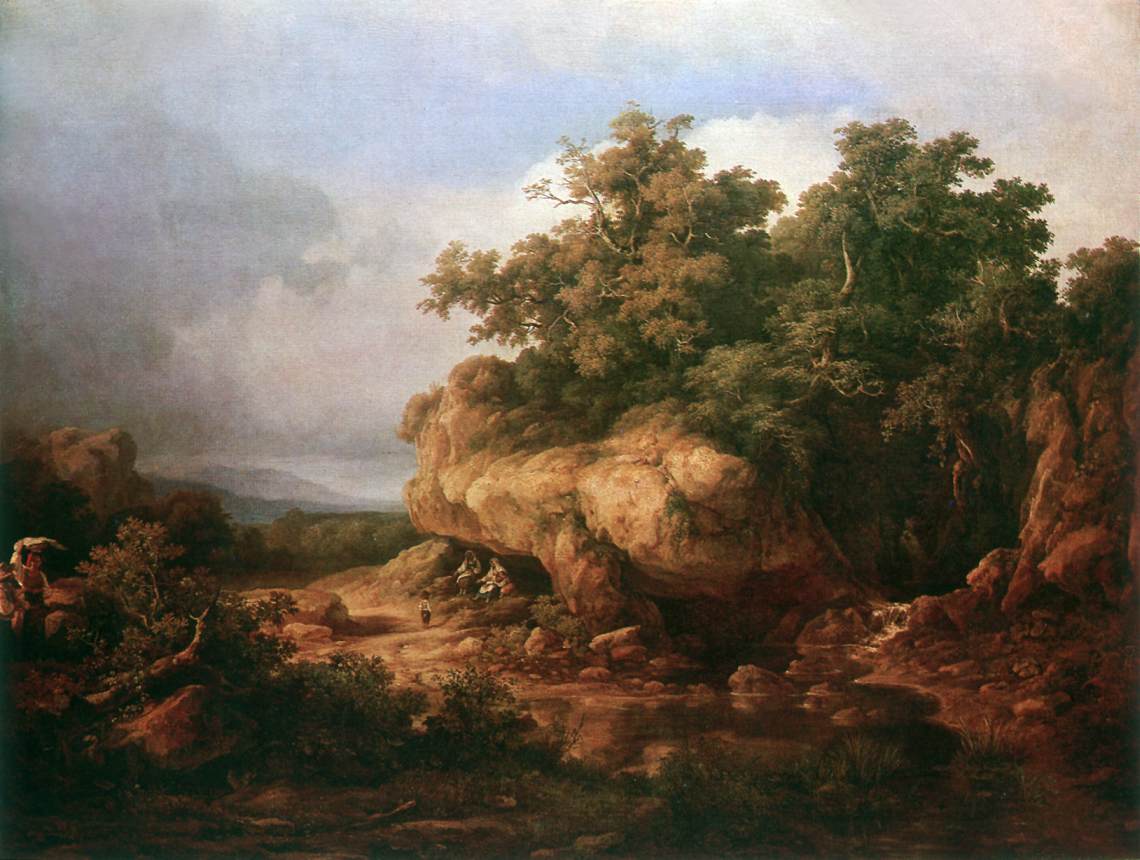Description
The painting "The Roman Campagna near Ceraites" by the Hungarian artist Károly The Elder Markó is an impressive work that captures the beauty of the Roman countryside in all its splendor. The work is an example of the artist's ability to capture light and atmosphere, as well as his ability to create a balanced and harmonious composition.
The painting is done in a realistic style, with great detail in every element of the image, from the clouds in the sky to the leaves on the trees and the flowers in the foreground. Markó uses a loose and fluid brushwork technique to create the sensation of movement and life in the scene.
The composition of the work is impressive, with great depth and perspective that takes the viewer through the Roman countryside. The view extends towards the horizon, where you can see the silhouette of the mountains in the distance. The diagonal created by the road running through the landscape adds an element of movement and direction to the image.
The use of color in the painting is impressive, with a soft palette and earthy tones reflecting the natural beauty of the Roman countryside. The golden and ocher tones of the sky and the landscape contrast with the deep greens of the trees and plants, creating a sense of harmony and balance in the image.
The story behind the painting is interesting, as it was created during the 19th century, when many European artists traveled to Italy to study and work. The work reflects Markó's fascination with the natural beauty of the Roman countryside, as well as his ability to capture it in his work.
In summary, "The Roman Campagna near Ceraites" is an impressive work that reflects the artist's ability to capture the natural beauty of the Roman countryside. Composition, color and artistic style combine to create a harmonious and balanced image that continues to captivate viewers today.

